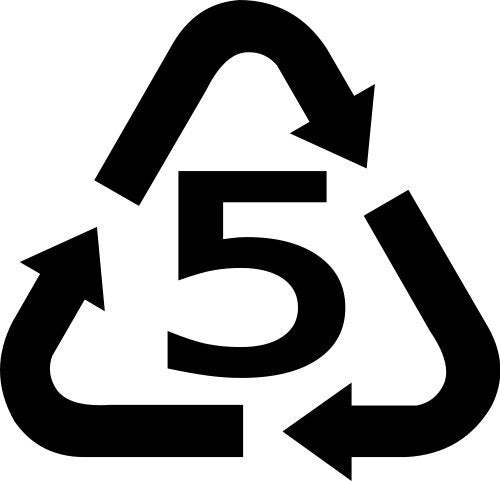Yes you care about the environment. You use a reusable coffee cup, shopping bag and water bottle as much as you can. You’ve even recently switched to a green energy provider. But recycling – the most basic habit for any eco warrior – often has you stumped.
You’re not alone. According to WRAP’s On Pack Recycling Label scheme, we throw away our own body weight in rubbish every 7 weeks – but up to 80% of this could be recycled.
And, it’s fair to say, a certain amount of the blame arguably lies with those little symbols on the sides of bottles. Earlier this year, The British Science Association ran a survey of 2,000 people from across Britain and found that 25 to 34 year olds were more reluctant to recycle than older generations, the top reason being they were often unsure what can and can’t be recycled.
So, chances are, you’ve been recycling wrong. Here’s what you need to know to fix your mistakes.
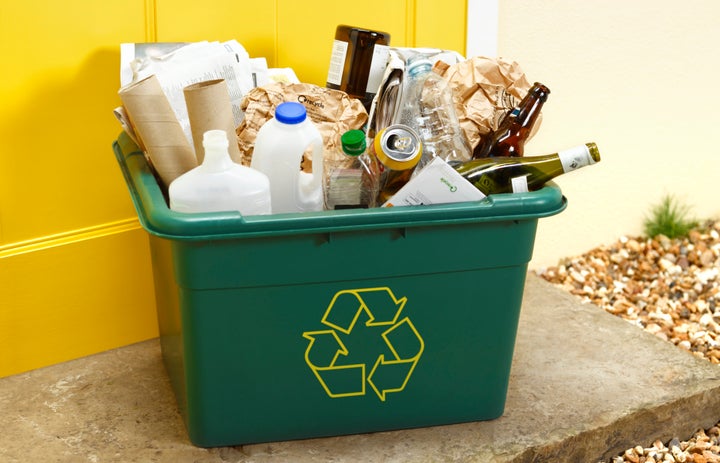
Mobius loop
All this one actually indicates is that the packaging in question is recyclable. Despite this, it doesn’t necessarily mean that you can chuck whatever you’re holding in the local recycling. This symbol is a starting point only.
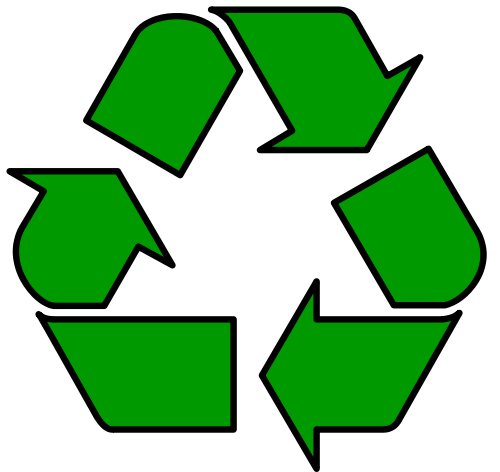
The Green Dot
You will find this one on the majority of your packaging, but here’s the kicker. Contrary to popular belief, this one does NOT mean that the packaging in question is recyclable. Rather, this symbol means that the producer has financially contributed to the recovery and recycling of packaging in some way.
It’s also often confused with the mobius loop, so watch out.
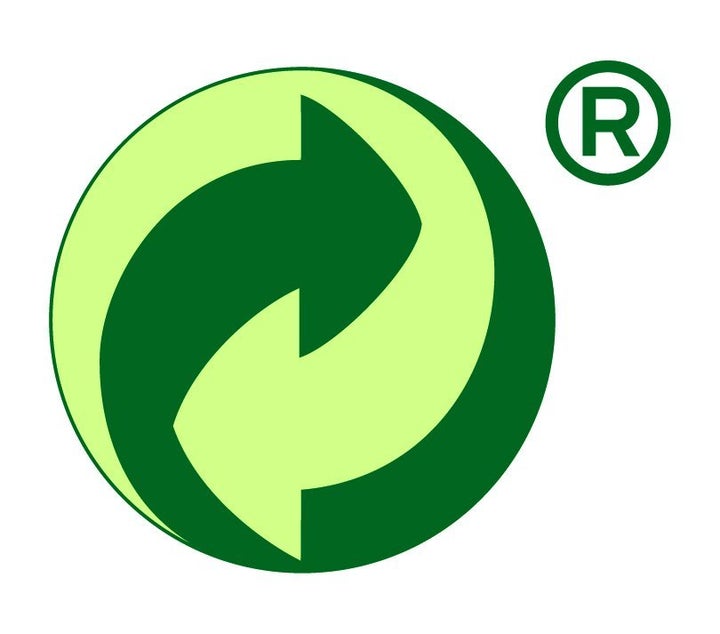
Widely recycled
This one does what it says on the tin. It means that the packaging you’re looking at is recycled by 75% or more of the UK’s local authorities. There may be a couple of stipulations attached, like rinsing the packaging or removing sleeves or lids. So keep an eye out for that.
It may also include the specific area to recycle your packaging, if it isn’t your kerbside facility.
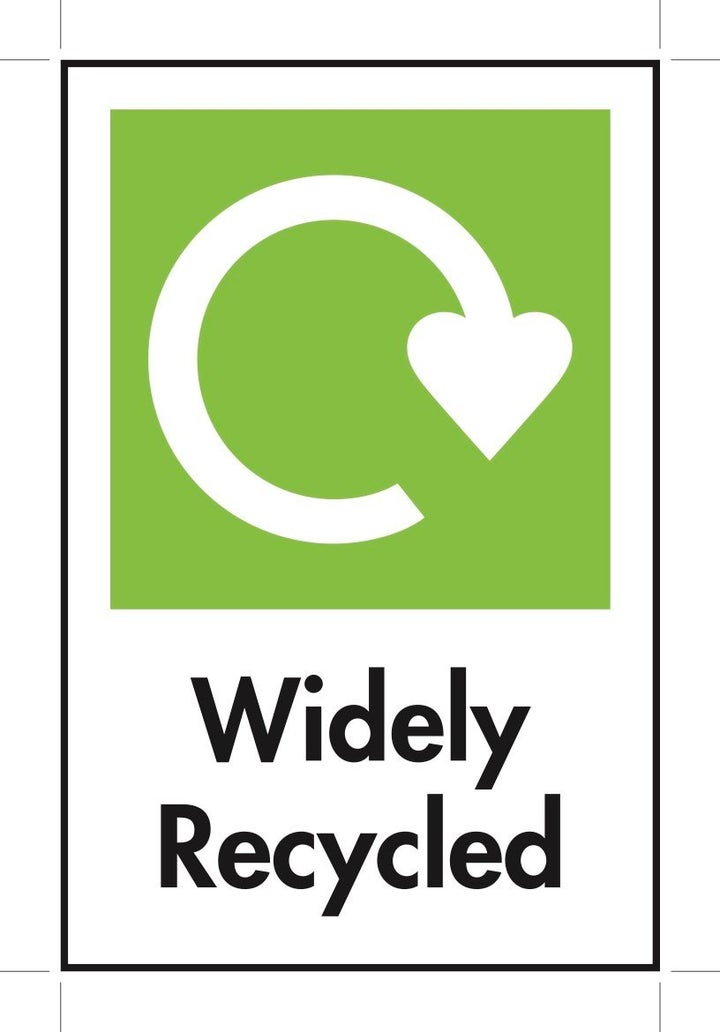
Check locally
Remember this one as your middle ground. If something has this label, it means that 20-75% of local authorities in the UK would recycle it.
If you’re unsure about the recyclability of any packaging, pop your postcode into Recycle Now’s Recycling Locator, which will tell you what you can put in your recycling bin at home as well as the other facilities around you.
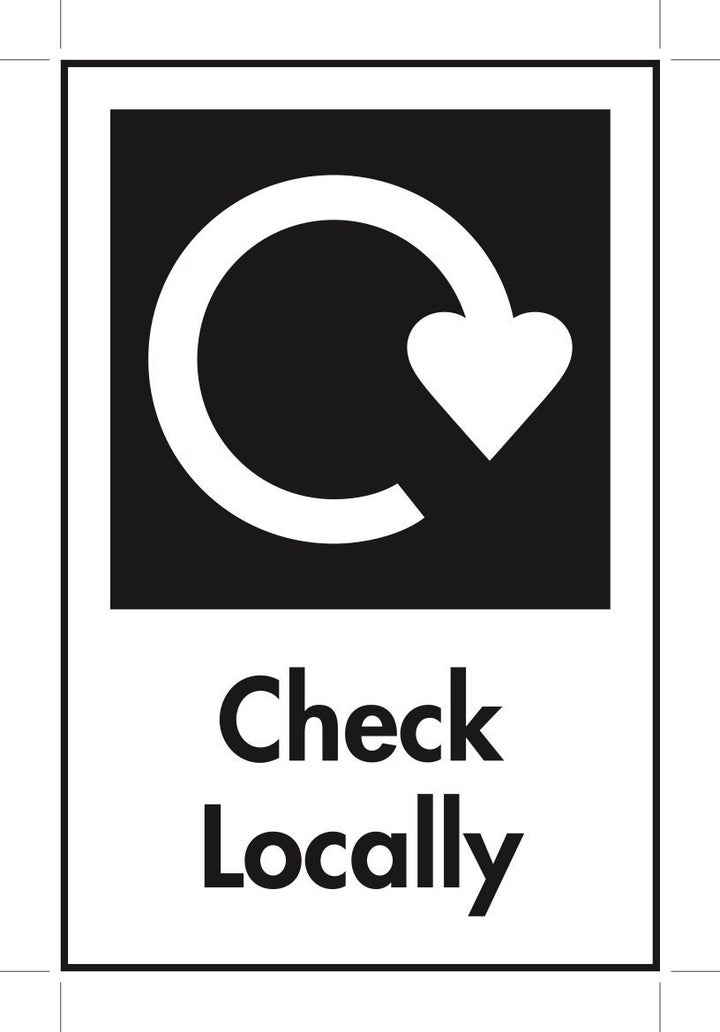
Not yet recycled
There’s more to this one than you’d think. It actually means that this packaging is only being recycled by 20% of councils. So it’s not a total no-go. Again, the best thing to do is to contact your local council to find out if they have the facility to recycle this particular piece of packaging.
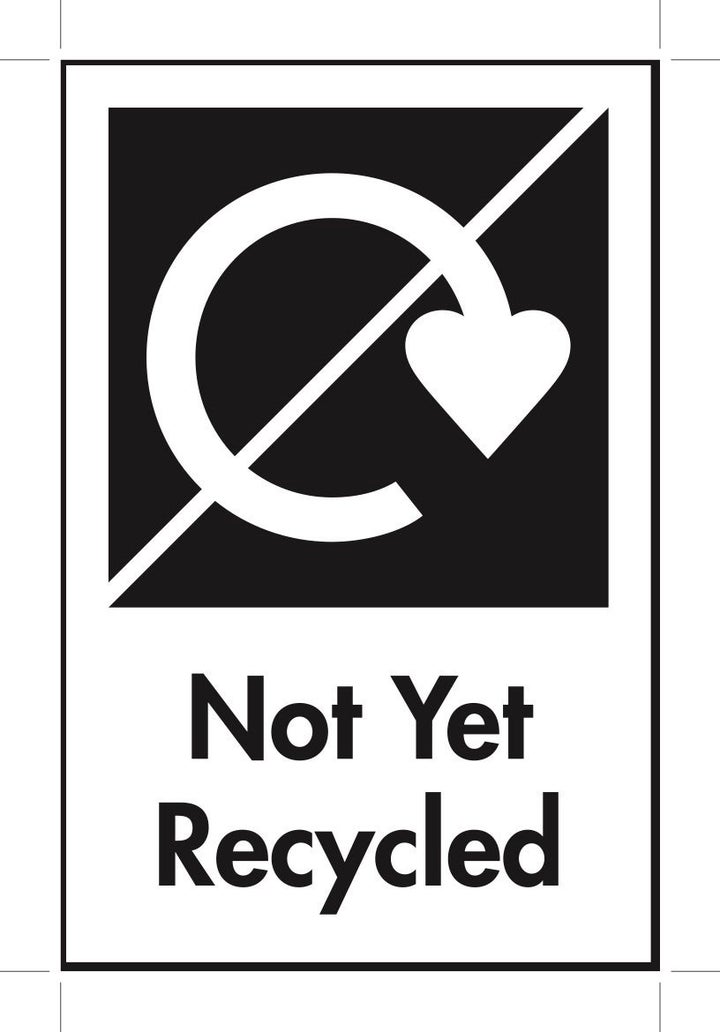
Recyclable aluminium
This is a big one for drinks and deodorant cans. We all go through a ton of them, but the good news is that they can be recycled using bins on public streets and in our own homes.
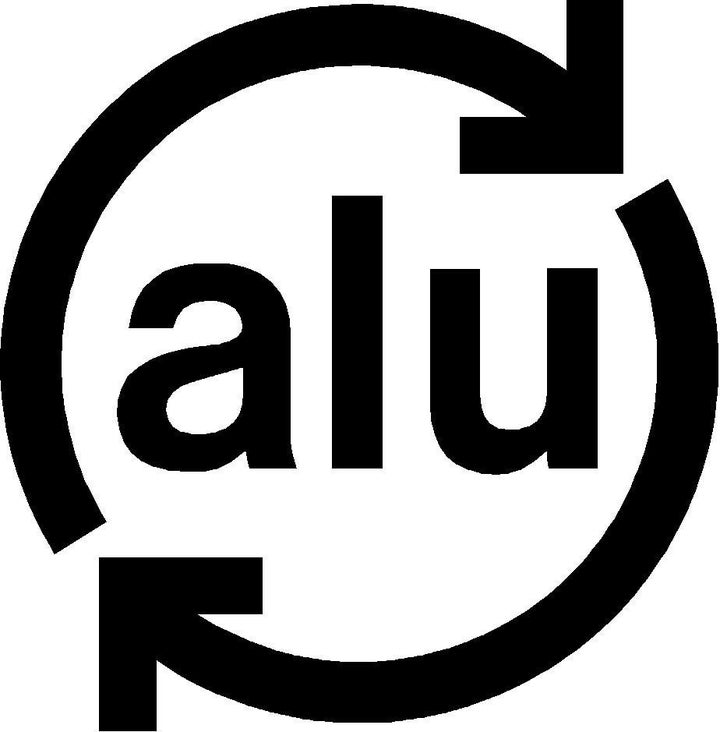
Recycle with carrier bags
Although this packaging may not be recyclable using your local council services you can drop it off at the collection points at supermarkets for plastic bags, and it can be recycled in a similar way.

Plastic resin codes
Annoyingly, these ones could also be confused with the mobius loop. The big difference here is each one has a number in the middle to signify what type of plastic resin the packaging is made from. For example, number five is polypropylene, the plastic you can find in certain teabags and chocolate bar wrappers.
Not all of the resins are recyclable. One, two, three, five and six in the middle of the symbol are recyclable using your local recycling facility. If it’s any other number (i.e four or seven), check with your council first.
